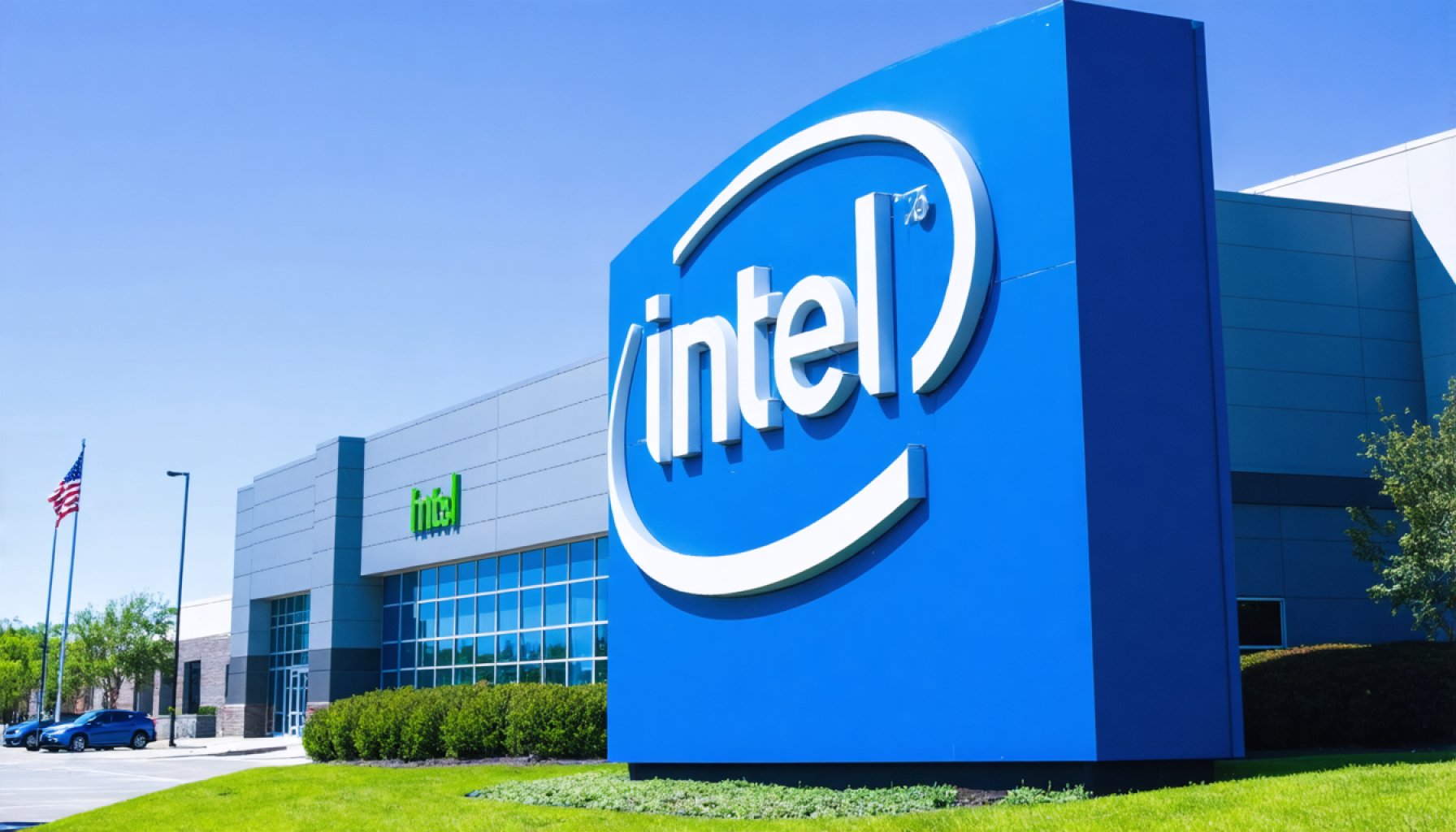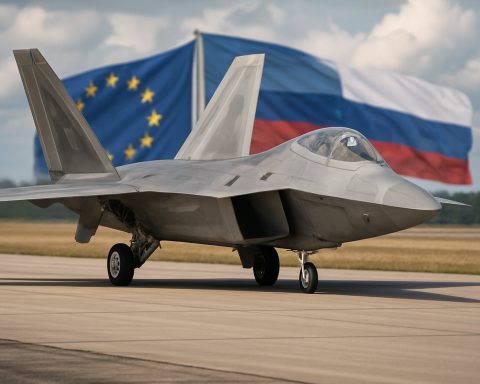- Intel’s stock has plummeted by 9.23%, reflecting its current struggles and investor apprehension.
- A dismissed lawsuit alleged Intel hid significant business issues, including a $7 billion operating loss and massive job cuts.
- China’s strategic endorsement of RISC-V technology poses a threat to Intel’s dominance in the global semiconductor market.
- Despite challenges, vibrant activity in Intel’s options market indicates investor intrigue and strategic positioning.
- Intel faces internal and external pressures, necessitating a revival of its innovative spirit to navigate the turbulent landscape.
A storm brews over Intel, casting shadows across Silicon Valley’s venerable landscape. As the paragon of technological innovation grapples with tumult, Intel’s stock has taken a chilling dive—a 9.23% plunge that serves as a testament to its current tribulations. The recent judicial decision dismissing a shareholder lawsuit failed to quell investor anxiety, exacerbating the turbulence rather than soothing it.
The dismissed case accused Intel of concealing troubling realities: the specter of pervasive business issues that culminated in widespread job cuts and the suspension of dividends. At the heart of the accusations lay the claim that Intel postponed disclosing a daunting $7 billion operating loss for its fiscal 2023. This alleged obfuscation takes center stage as market watchers ponder Intel’s opaque strategies and unspoken woes.
Moreover, the shifting geopolitical tectonics present a formidable challenge. China, in a strategic pivot, champions the RISC-V technology, seeking to dethrone the established x86 reign instituted by Intel and its American counterparts. This fervent push incites whispers of diminished market share and waning influence for Intel amidst the global semiconductor battleground—a development that is bound to disrupt its established equilibrium.
Yet, amidst this collage of uncertainty and competitive tension lies a vestige of resilience. Intel’s options market buzzes with vibrant activity, manifesting not despair, but intrigue. A surge in open interest for both call and put options suggests that investors, ever astute, are hedging their bets and bracing for the ebbs and flows of Intel’s uncertain journey ahead.
Herein lies the crux: Intel stands at a crossroads, beset by internal challenges and external pressures. For investors and industry insiders alike, the unfolding narrative is both a cautionary tale and a canvas of opportunity. One thing remains certain—to navigate this volatile landscape, Intel must rediscover its pioneering spirit and chart a course through the storm with unyielding determination.
Intel’s Stormy Saga: What Investors and Industry Insiders Need to Know Now
Current Challenges and Strategic Shifts
Intel, once a beacon of technological prowess, is grappling with a range of challenges that have investors and industry insiders on edge. The company’s recent 9.23% stock slump amidst a shareholder lawsuit dismissal highlights its precarious position. This backdrop of turbulence has sparked concerns over business transparency and strategic direction.
The Geopolitical and Technological Landscape
A significant part of Intel’s challenges stem from shifting geopolitical dynamics. China’s strategic endorsement of RISC-V technology poses a serious threat to Intel’s x86 architectural dominance. This transition could drastically reshape Intel’s global market share, demanding agile adaptation to maintain competitiveness.
Market Trends and Investor Behavior
Despite Intel’s setbacks, the options market activity reveals a landscape of mixed investor sentiment. The increase in open interest for both call and put options suggests investors are adopting a cautiously optimistic approach, balancing potential risks with strategic opportunities. This complicated financial maneuvering reflects broader market uncertainty regarding Intel’s future directions.
Pros and Cons: Intel’s Strategic Position
Pros:
1. Legacy and Innovation: Intel’s historical innovation gives it a robust foundation and the potential for future breakthroughs.
2. Diversified Portfolio: Investments in AI, data center operations, and IoT could lead to new growth avenues.
3. Strong Brand Recognition: A globally recognized name that still commands a significant market presence.
Cons:
1. Competitive Pressure: RISC-V and other emerging technologies threaten Intel’s market stronghold.
2. Internal Challenges: Job cuts and dividend suspensions signal deeper operational issues.
3. Stock Volatility: Recent stock market fluctuations impact investor confidence and can affect capital resources.
Navigating Security and Sustainability
Investors and stakeholders are keenly aware of Intel’s need to maintain robust security measures and sustainable practices. Adopting responsible sourcing and green technologies will be crucial as Intel strives to meet modern ESG standards.
Actionable Recommendations for Intel Enthusiasts
1. Stay Informed: Regularly check credible sources like Bloomberg or CNBC for insights and updates on Intel’s strategic developments.
2. Monitor Industry Shifts: Keep an eye on the evolution of RISC-V and advancements in AI as they represent significant industry trends.
3. Diversify Investments: Consider spreading investments across different tech companies to mitigate risk exposure due to Intel’s current volatility.
Conclusion
Intel’s current journey requires navigating complex internal and external challenges. While the landscape is fraught with uncertainty, its legacy and potential for innovation remain significant assets. By staying informed and adopting strategic investment approaches, stakeholders can position themselves to capitalize on Intel’s unfolding narrative.







